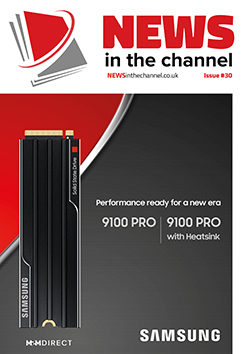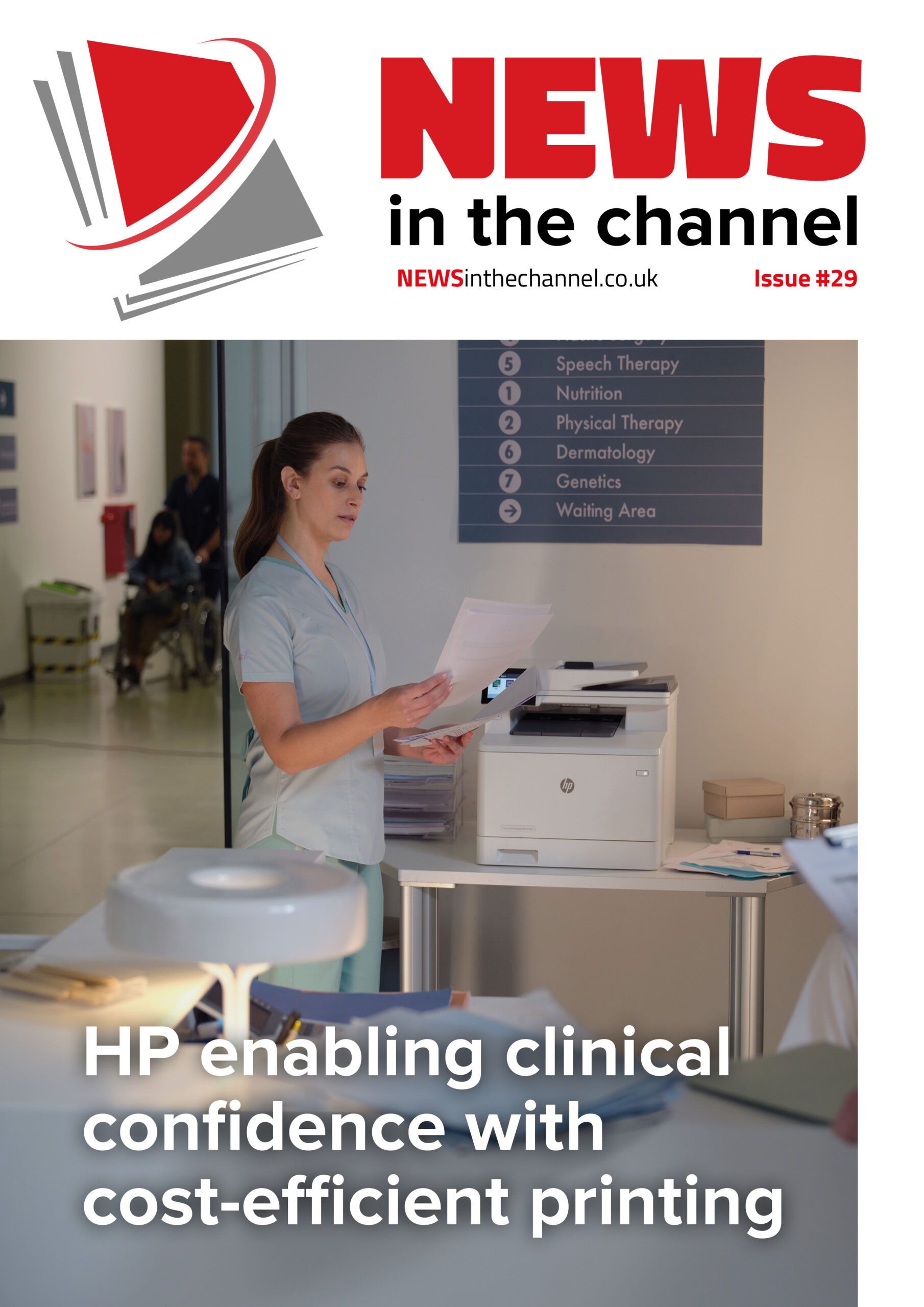Preliminary results from Gartner, Inc. suggest that the decline in PC shipments may be coming to an end. Although worldwide PC shipments in Q2 2023 decreased by 16.6% compared to the previous year, the rate of decline has slowed, indicating that shipment volumes may have reached their lowest point. Lenovo, HP Inc., and Dell continue to dominate the PC market, with Lenovo holding the top spot. While the decline in PC shipments is slowing, profitability for PC vendors may be impacted by the end of favorable price conditions for memory and SSD storage. Overall, there are positive indicators for the PC market, but it is still too early to celebrate a full recovery.
- The decline in PC shipments is showing signs of slowing down after seven consecutive quarters of decline.
- Lenovo, HP Inc., and Dell continue to dominate the worldwide PC market, with Lenovo holding the top spot.
- While the PC market is stabilizing, it is still too early to declare a full recovery, but Gartner expects PC demand to return to growth in 2024.
Are you ready for some good news? Well, after seven long quarters of decline, it seems like the PC market might finally be stabilizing. According to the latest data from Gartner, Inc., there are signs of hope for the industry. While global PC shipments in the second quarter of 2023 dropped by 16.6% compared to the same period last year, the rate of decline has slowed down significantly. In fact, experts believe that we might have reached the lowest point in PC shipments. So, let’s dive into the details and see what this means for the market.
Lenovo, HP Inc., and Dell continue to dominate the worldwide PC market, maintaining their positions as the top vendors. Lenovo holds the No. 1 spot with a 24% market share, followed by HP Inc. and Dell. Despite a decline in year-over-year shipments, Lenovo experienced sequential growth. While EMEA and Asia Pacific posed challenges for Lenovo, the company saw only moderate declines in Latin America and North America.
HP Inc. saw only a slight decrease in shipments, marking the end of a string of double-digit declines. Laptop shipments grew modestly, offsetting a decline in desktop shipments. HP Inc. experienced double-digit year-over-year growth in the robust U.S. laptop market.
Dell, on the other hand, exhibited its fifth consecutive quarter of decline. Shipments were down across most key regions, with Asia Pacific being the most challenging market. However, Dell performed relatively well in the U.S. desktop market, maintaining its position as the top vendor.
While the decline in PC shipments may be slowing, it’s important to note that profitability for PC vendors may be impacted by the end of favorable price conditions for memory and SSD storage. Kitagawa highlights the improved availability and prices of PC components, which have helped stabilize vendor profitability despite pricing pressure to clear inventory. However, as the PC market begins to recover and demand for components increases, the current favorable price conditions may come to an end.
Regional Overview
In the U.S., the PC market declined by 8.6% in the second quarter of 2023. Dell, HP Inc., and Lenovo were the top vendors in this market as well. The relatively stable U.S. economy eased concerns among small and midsize business buyers, gradually generating PC demand. Chromebooks saw a refresh in demand from educational institutions, while laptops were in demand among government buyers. However, consumer PC demand remained weak.
The EMEA PC market experienced its sixth consecutive quarter of decline, with a 14.6% year-over-year decrease. Political unrest, inflationary pressures, and interest rate increases continued to impact demand for PCs. Business PC spending in EMEA was limited due to a disruptive business outlook, with companies reducing PC budgets as a cost management strategy. Consumer demand also remained low across all income brackets due to inflationary pressures.
The Asia Pacific PC market saw a significant decline of 26.9% year-over-year. Economic uncertainty and low consumer demand in China were major contributors to this decline.
Final Thoughts
While the PC market may not be out of the woods just yet, there’s definitely reason to be optimistic. The decline in PC shipments is showing signs of slowing down, and the top vendors like Lenovo, HP Inc., and Dell are still holding their ground. It’s encouraging to see that some regions, like the U.S., are experiencing stable economies and a gradual increase in business PC demand. However, challenges still lie ahead, with the end of favorable pricing conditions for PC components potentially impacting vendor profitability. But with the right strategies and innovation, the PC market can bounce back stronger than ever. So, let’s keep our fingers crossed and stay tuned for more exciting developments in the world of PCs.
FAQ
Q: Is the decline in PC shipments finally coming to an end?
A: According to preliminary results from Gartner, Inc., the PC market is showing signs of stabilization after seven consecutive quarters of decline. The rate of decline has slowed, indicating that shipment volumes may have reached their lowest point.
Q: Which companies dominate the worldwide PC market?
A: Lenovo, HP Inc., and Dell continue to dominate the worldwide PC market, maintaining their positions as the top vendors. Lenovo holds the No. 1 spot with a 24% market share, followed by HP Inc. and Dell.
Q: How did Lenovo perform in different regions?
A: Lenovo saw only moderate declines in Latin America and North America, while EMEA and Asia Pacific posed challenges for the company.
Q: Did HP Inc. experience a decline in shipments?
A: HP Inc. saw only a slight decrease in shipments, marking the end of a string of double-digit declines. Laptop shipments grew modestly, offsetting a decline in desktop shipments.
Q: How did Dell perform in the PC market?
A: Dell exhibited its fifth consecutive quarter of decline, with shipments down across most key regions. However, Dell performed relatively well in the U.S. desktop market, maintaining its position as the top vendor.
Q: What factors may impact the profitability of PC vendors?
A: The end of favorable price conditions for memory and SSD storage may impact the profitability of PC vendors. As the PC market begins to recover and demand for components increases, the current favorable price conditions may come to an end.
Q: How did the U.S. PC market perform in the second quarter of 2023?
A: The U.S. PC market declined by 8.6% in the second quarter of 2023. Dell, HP Inc., and Lenovo were the top vendors in this market as well. Chromebooks saw a refresh in demand from educational institutions, while laptops were in demand among government buyers. However, consumer PC demand remained weak.
Q: What were the reasons for the decline in the EMEA PC market?
A: The EMEA PC market experienced its sixth consecutive quarter of decline due to political unrest, inflationary pressures, and interest rate increases. Business PC spending in EMEA was limited, and consumer demand remained low across all income brackets.
Q: What were the major contributors to the decline in the Asia Pacific PC market?
A: Economic uncertainty and low consumer demand in China were major contributors to the significant decline of 26.9% year-over-year in the Asia Pacific PC market.
Q: When can we expect PC demand to return to growth?
A: Gartner expects PC inventory to normalize by the end of 2023, with PC demand returning to growth starting in 2024.
Q: What should PC vendors do to adapt to changing market conditions?
A: PC vendors should adapt to changing market conditions and evolving consumer demands. They need to develop strategies and innovation to overcome challenges and bounce back stronger than ever.











